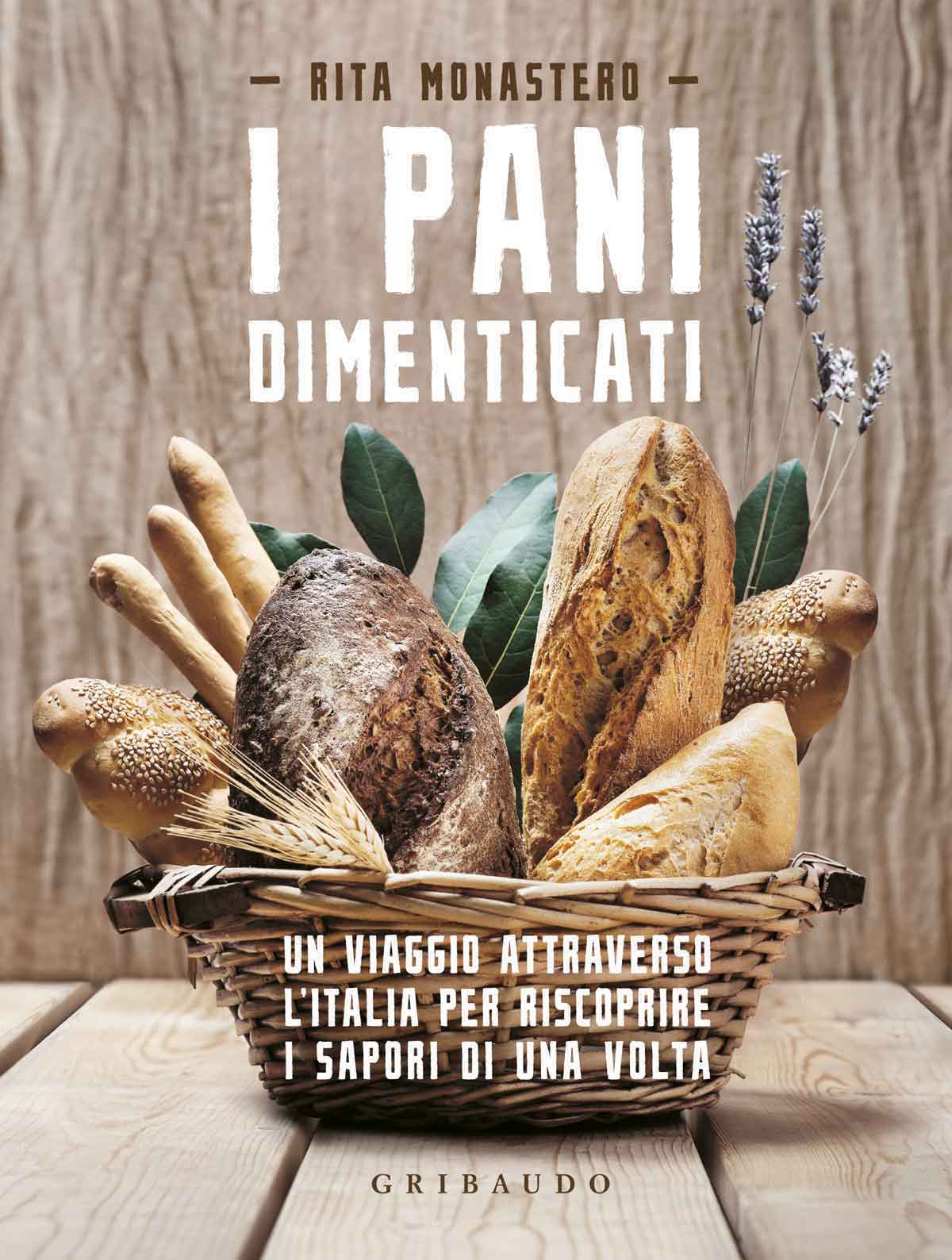27 July 2015
“Behind every loaf of bread there’s a history. And this history speaks to us of the past and of customs that seem remote in time, but then, when you tot things up, you realize that they’re just round the corner”: these are the words with which Rita Monastero begins her I pani dimenticati (“Forgotten Breads”), an enchanted archive of loaves and flat breads from the glorious past. The book is an exploration of the Italian art of bread making. Every ball of dough resounds with distant echoes, curious ingredients, memories of long-ago migrations or family rituals, like the tradition of “stamping” the bread with your own seal in order to be able to find it among dozens of similar loaves. Even the form plays a key role. Very quickly, in fact, rolls turn into roses, daisies and plaits and fill up with curls and spirals, giving rise to a minor branch of sculpture intended for collective consumption. From this inventory of material culture emerges the portrait of a multifaceted country, characterized by a myriad recipes. The apparent simplicity of a mixture of water, yeast and flour gives way to an entire system of communication: once you have learned how to read it, you will discover that behind an aroma, a crust or a crumb (dry, wet, with small or large holes) is concealed a world of timeless rituals and skills. Published by Feltrinelli Gribaudo.
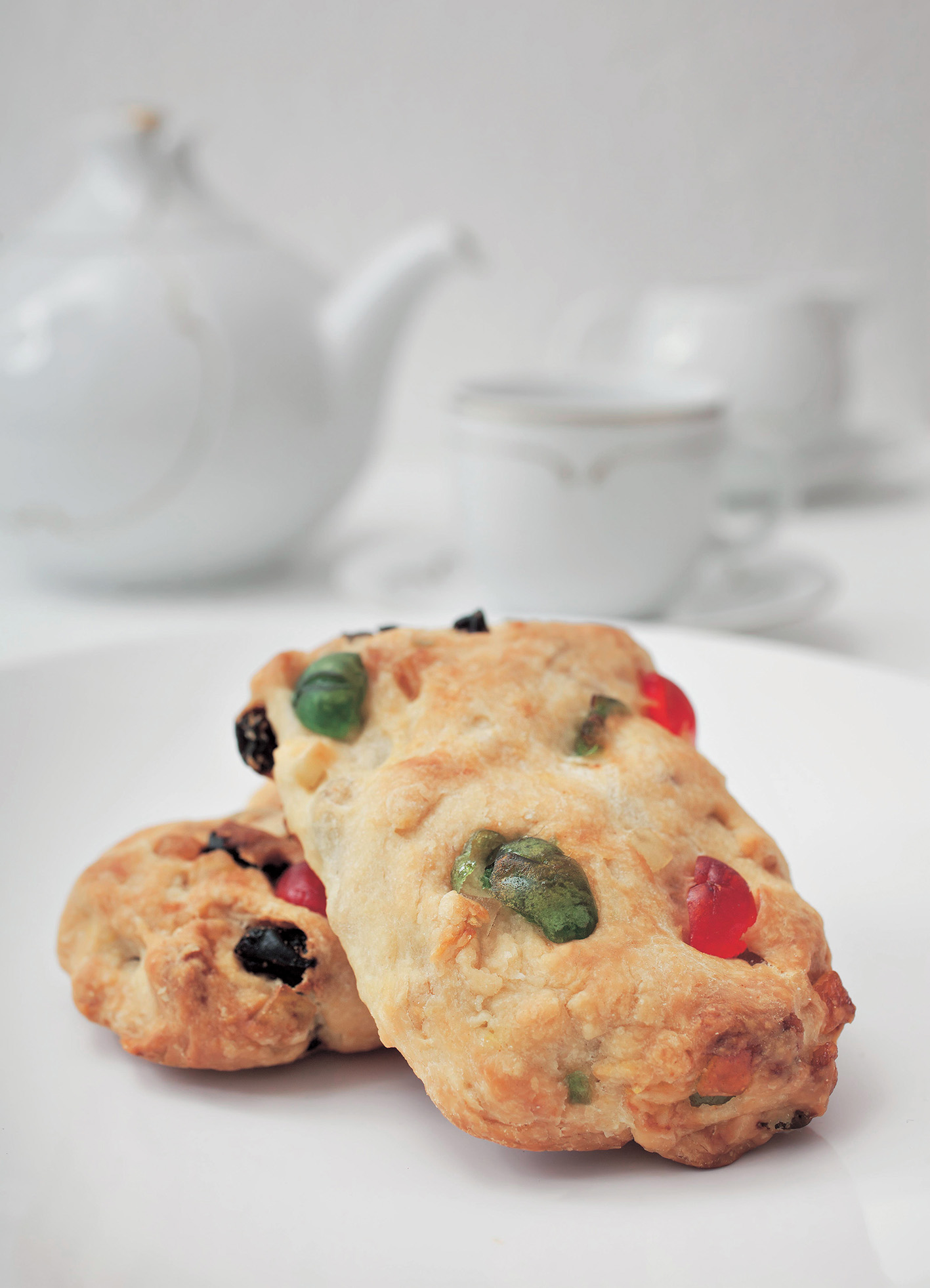
Pizza Ebraica.
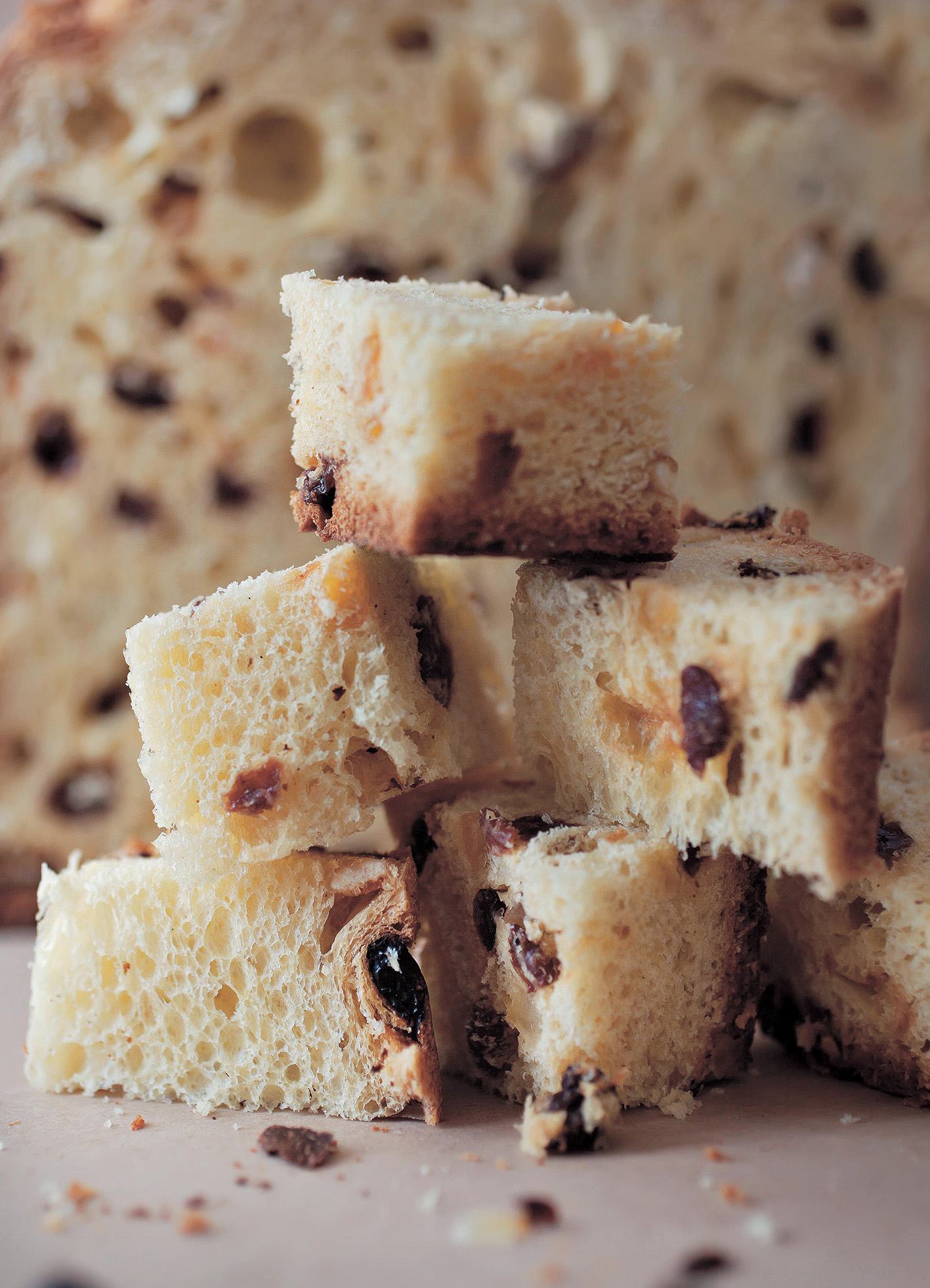
Rormienti.
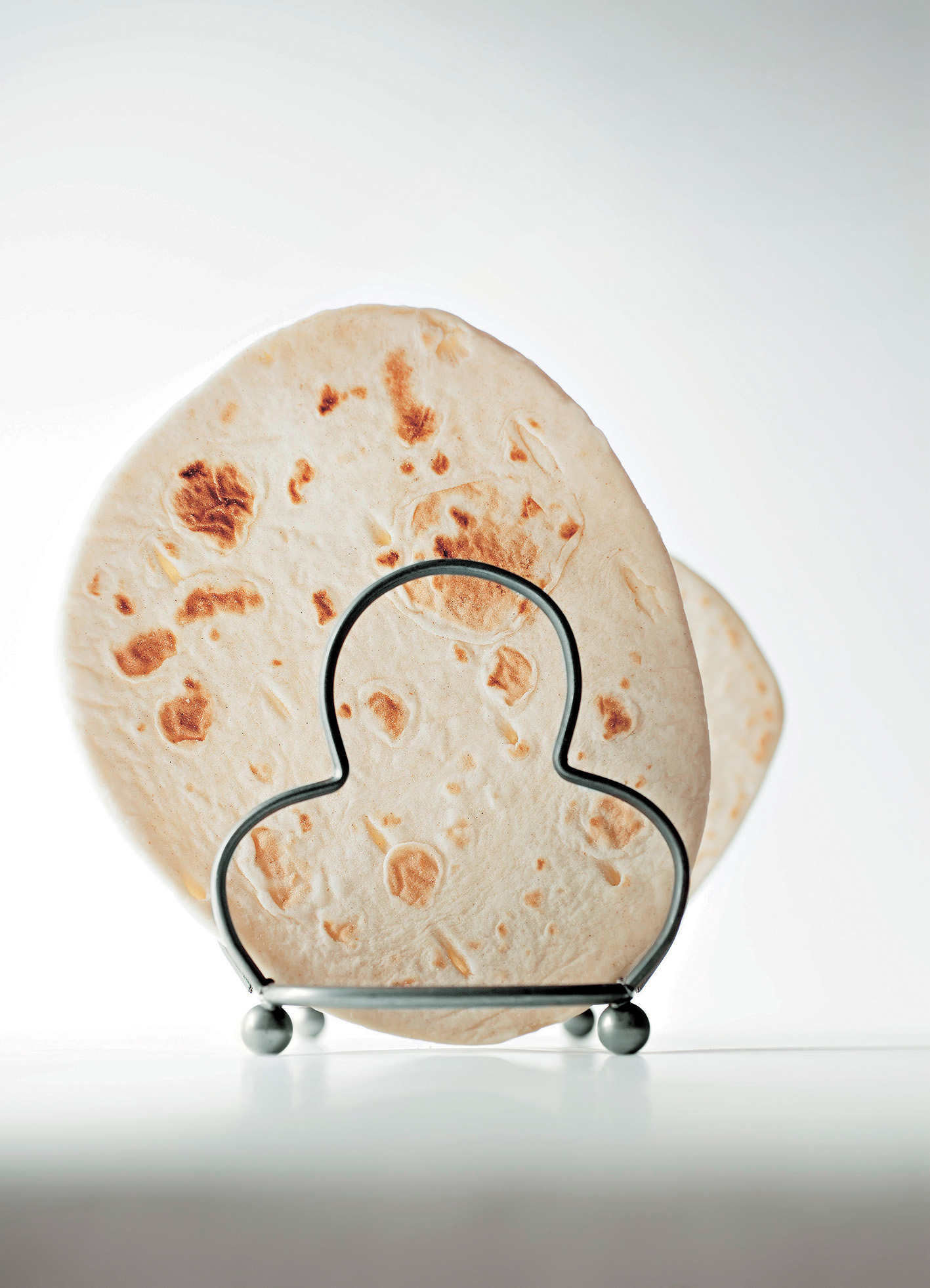
Crescia sotto la cenere.
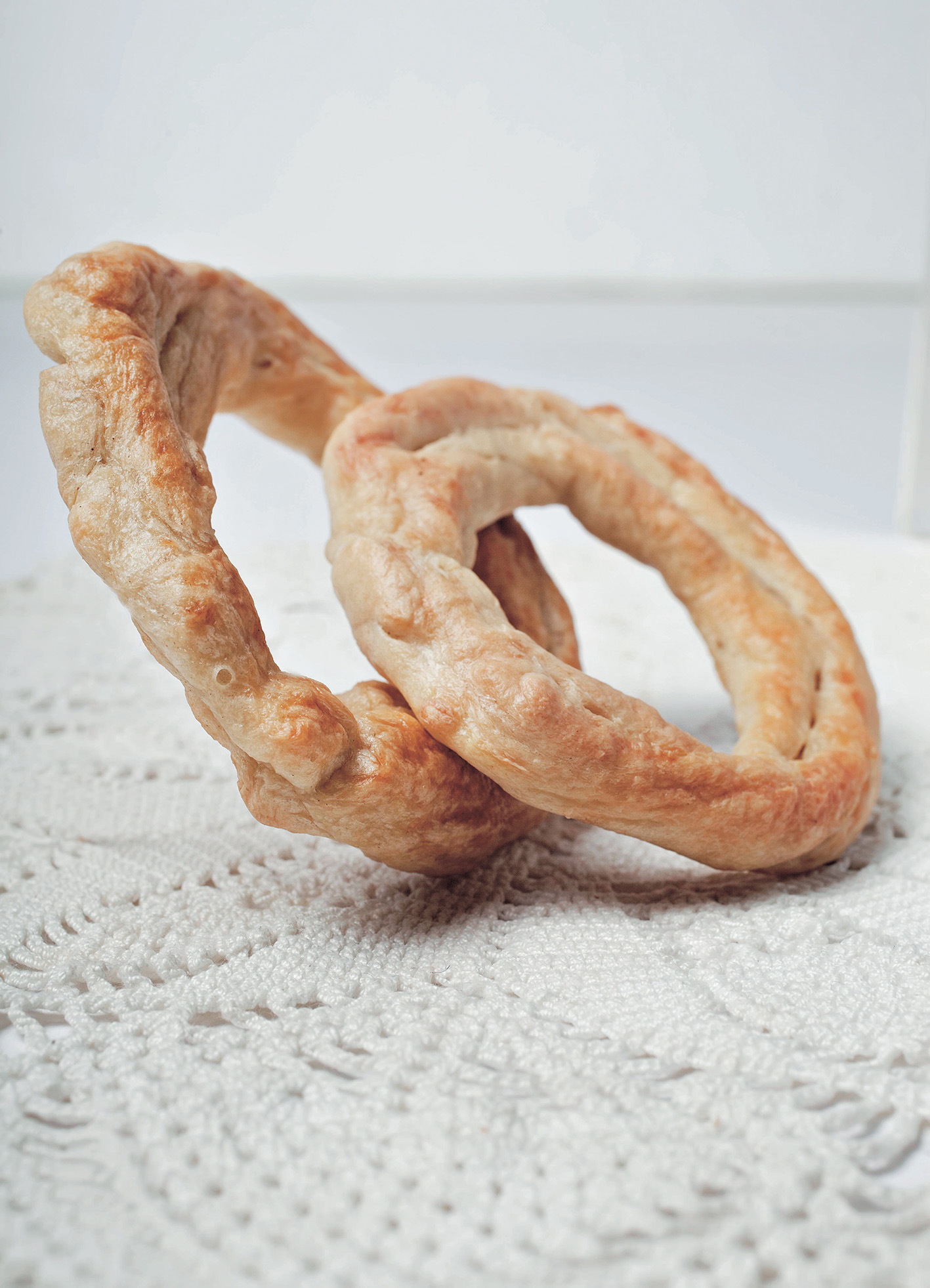
Ciammelle d’acqua.

Pupazza Frascatana.
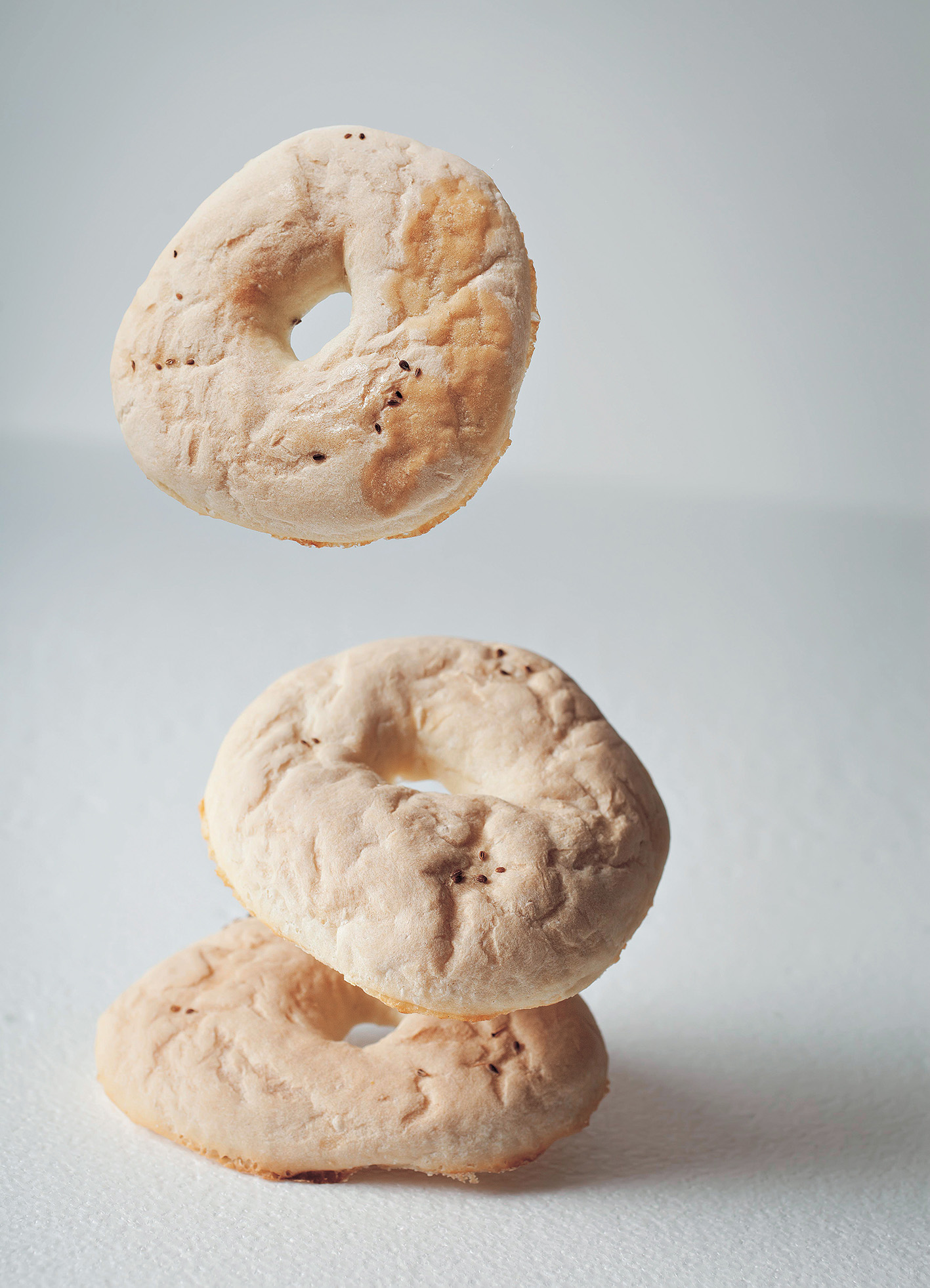
Pane di San Valentino.

Pan De Figo.

Libum.
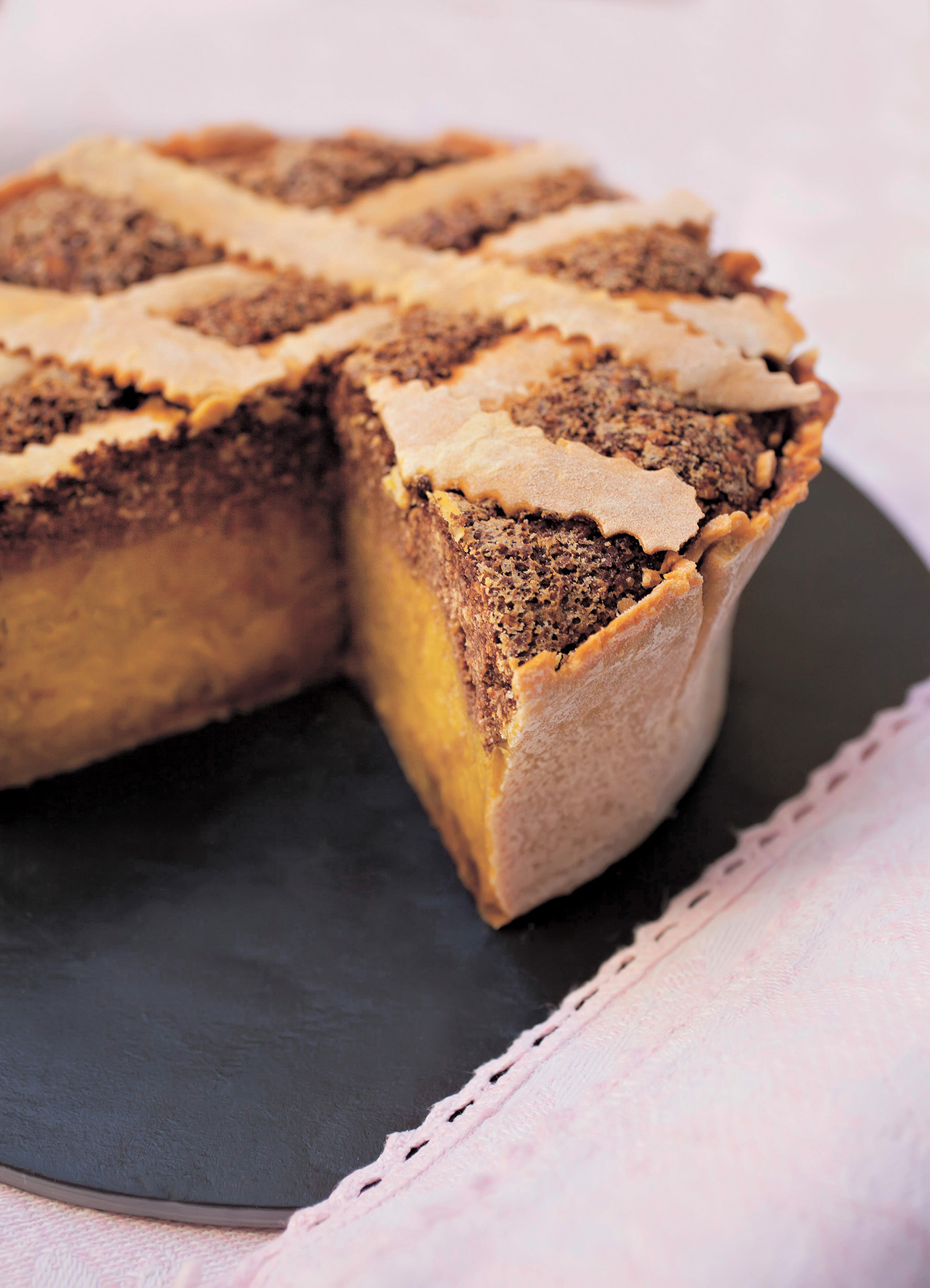
Casata di Pontecorvo.
